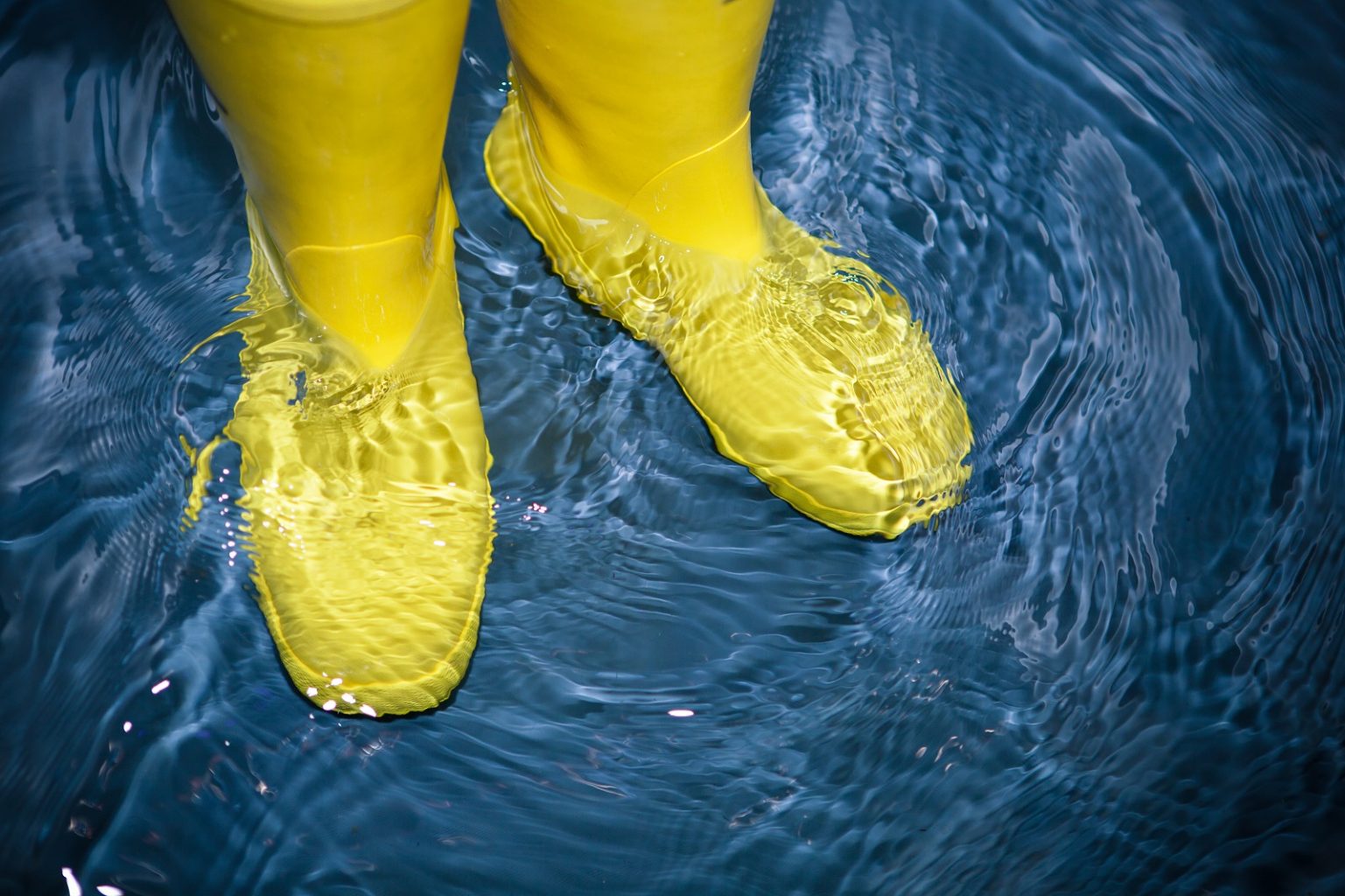
Cleaning up after a flood is a hassle in itself, It only takes 24 to 48 hours for mold to develop in a flooded home and can affect your health in a variety of ways. For most of us, the symptoms of short-term mold exposure may be mild, such as a stuffy nose and throat or eye irritation. For those with asthma-related to mold allergy, exposure to mold can be a serious health threat.
The Centers for Disease Control and Prevention reports that people with immune suppression or underlying lung disease are more susceptible to fungal infections. If you have a suppression immune system, you may have an increased risk for infection from the mold.
How to clean up quickly
Here are a few tips for cleaning up mold after a flood, according to the Federal Emergency Management Agency:
1. Open your home to fresh air. Do this only if humidity is lower than indoors. Use fans and dehumidifiers to dry excess moisture. Leave as many windows and doors open as possible to let fresh air flow in. Make sure the attic gets airflow, too.
2. Remove all wet items. This includes furniture, toys and bedding. Discard soaked carpeting, insulation, wallboard and ceiling tiles. Be sure to throw away anything that didn’t dry completely or can’t be salvaged. If you’re in doubt, throw it out.
3. Clean up standing water and surfaces. Use a wet/dry vac to clean up standing water and clean hard surfaces with a 10% bleach solution. Do not mix bleach and ammonia while cleaning to avoid toxic vapors. If you see any mold, remove it with clean water and detergent. Dry it immediately.
4. Protect yourself. Individuals sensitive to mold exposure should wear masks, respirators, gloves and goggles during cleanup. Take a shower and remove and wash any clothing you had on while cleaning to avoid carrying any mold anywhere else.
Another Tips To Clean Up Mold After a Water Leak

- Wear a mask that can keep mold spores out of the air you breathe, such as an N95 respirator. For the mask or respirator to work properly, make sure to follow all instructions on the packaging.
- Wear non-porous gloves made from natural rubber, neoprene, nitrile, polyurethane, or PVC.
- Wear eye protection, such as goggles without air vents in them.
- Increase air ventilation while cleaning by keeping doors and windows open, air vents and fans turned on.
- Remove all items that have been wet for more than 48 hours if they cannot be thoroughly cleaned and dried. This includes carpeting, upholstery, wallpaper, drywall, floor and ceiling tiles, insulation material, clothing, leather, paper, wood, and food.
- Remove mold growth from hard surfaces by using commercial mold cleaning products or a bleach solution (1 cup bleach in 1 gallon of water). Do not mix bleach with ammonia or other household cleaners. Always follow use and storage directions on the labels.
- If you are sensitive to mold or cleaning products, consider asking someone else to clean for you, especially in areas with poor ventilation.
- Professional companies can be hired to clean up flooded basements or other household areas.



